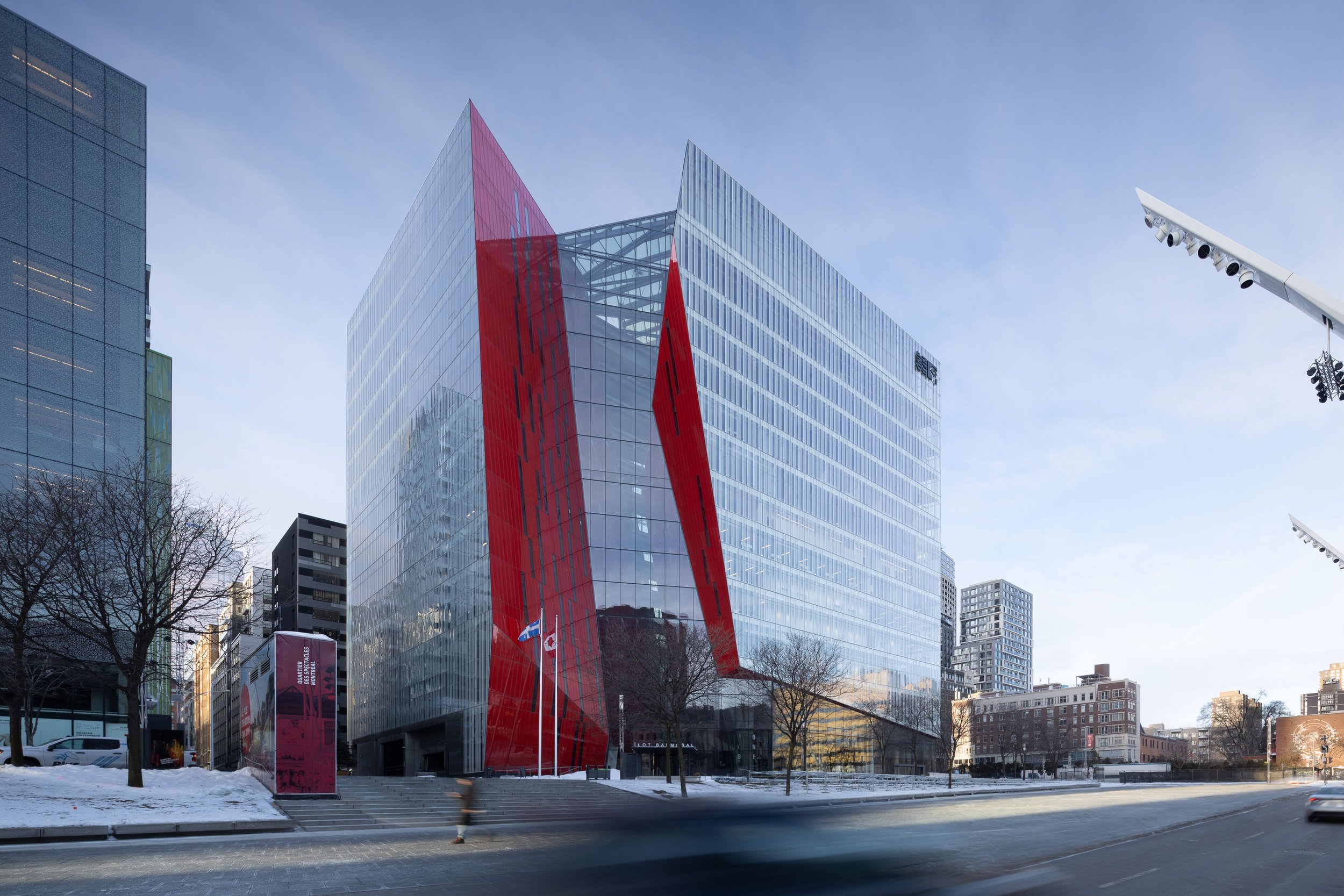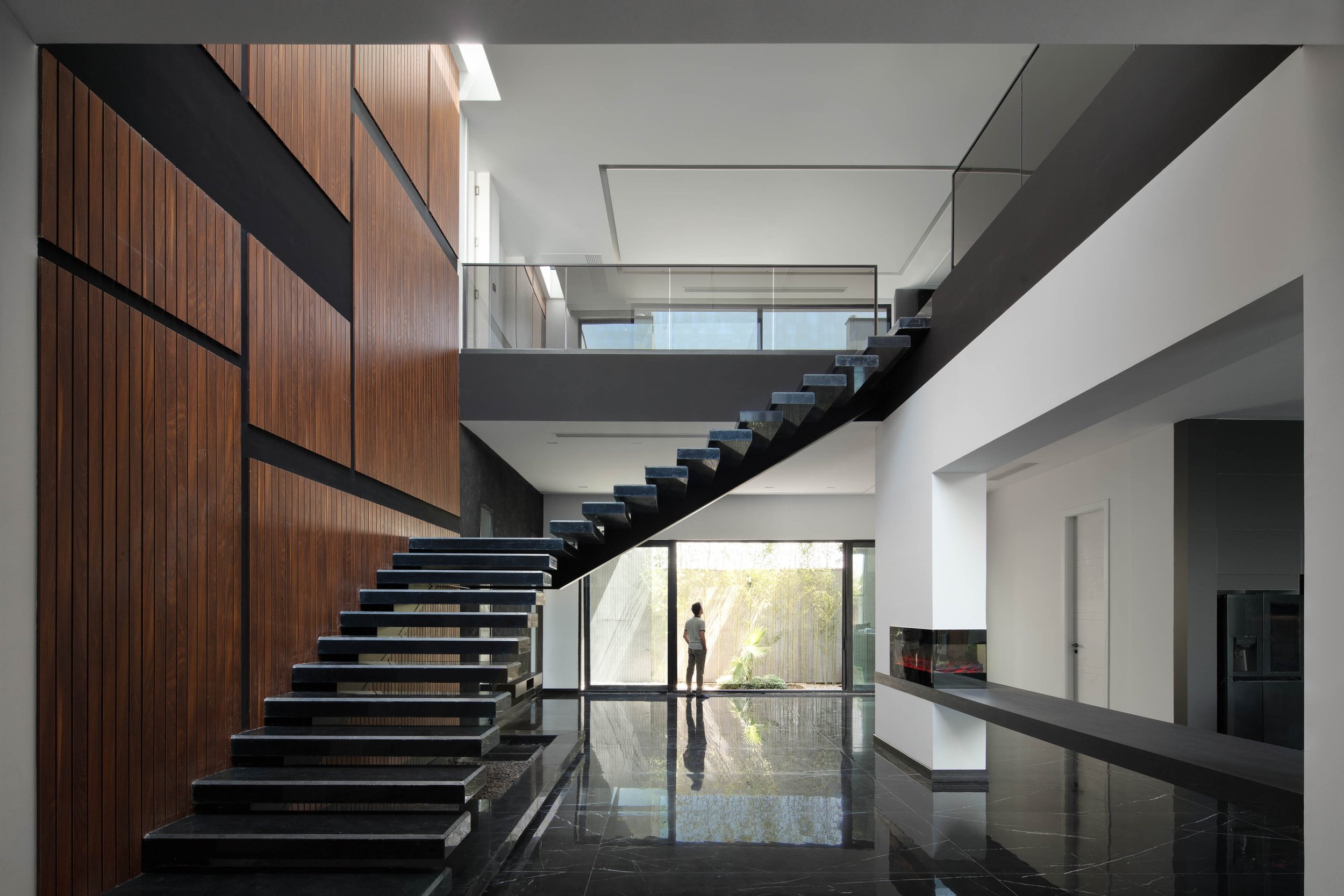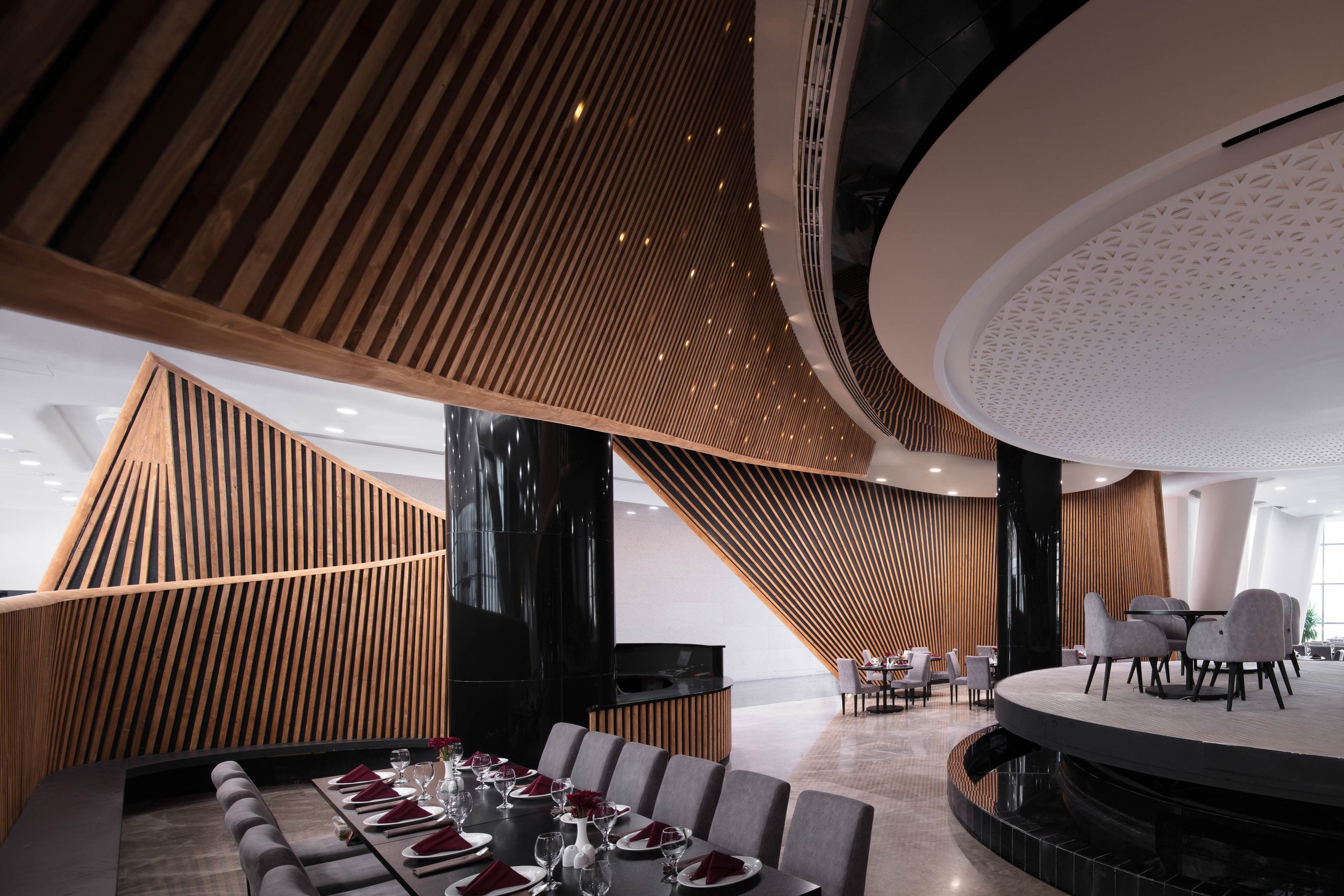Capturing Timeless Moments: How Architectural Photography Creates a New Dimension
The Art of Seeing Within Architecture
In a world where every building tells a story, architectural photography opens a window to the realm of wonders. This art is not merely about capturing bricks and mortar but a journey through time and space, inviting the audience to witness timeless beauty. By merging artistry and technology, architectural photography narrates moments that craft a unique and distinct dimension from the essence of architecture.
Architectural Photography: The Intersection of Art and Technology
The evolution of photography tools, from analog cameras to modern DSLRs and advanced drones, has elevated this art to a new level. Today's sophisticated cameras, equipped with features like HDR (High Dynamic Range) and wide-angle lenses, allow photographers to capture intricate details of buildings. Yet, technology alone is not enough—it is the artistic spirit of the photographer that brings these tools to life.
Additionally, editing software like Photoshop and Lightroom empowers photographers to create timeless images. These tools not only enhance image quality but also enable photographers to adjust light, shadow, and color in ways that make the visuals transcend reality.
Perspective and Composition: The Keys to Crafting New Spaces
Perspective is one of the most vital elements that transforms architectural photography from simple documentation to an art form. Creative angles can give buildings a new identity and provoke thought in viewers. For instance, looking up at a tower from below can evoke a sense of grandeur, while a bird’s-eye view—often achieved through drone architectural photography— highlights the artistic order and overall design of a structure.
Composition also plays a crucial role in architectural photography. Geometric lines, symmetry, and the interplay of light and shadow in an image can convey a sense of balance and harmony to the audience. Professional photographers masterfully use these elements to create visuals that are more than mere photographs—they are immersive visual experiences.
Color or Black and White: Which is Better?
The choice between color and black-and-white photography depends on the message the photographer aims to convey. Colors can add vibrancy and life to images. For example, golden hues during sunset can depict the warmth and magnificence of a building. On the other hand, black-and-white photography evokes a sense of timelessness and simplicity.
Black-and-white images often emphasize architectural details, lines, and textures more effectively. This style is particularly suitable for historical buildings or minimalist designs, conveying a classic or mysterious mood.
Architectural Photography as Inspiration for Design and Art
Architectural photographs, beyond being visually captivating, are a profound source of inspiration for architects, interior designers, and artists. These images showcase the harmony between form and function, sparking ideas for designing innovative spaces.
For example, a photograph of a modern bridge might inspire designers to create urban furniture with similar curved lines. Similarly, a glowing night view of a building can lead to creative ideas for interior or exterior lighting designs.
Architectural Photography in Commercial Projects: Beyond Marketing
In the business world, architectural photography plays a significant role in showcasing projects. Professional images of buildings and architectural projects serve not only as marketing tools but also as means to build trust.
For instance, construction companies and real estate consultants use high-quality images to present their projects. These visuals help clients experience the essence of a space and make more informed decisions. Thus, architectural photographers must capture the spirit and atmosphere of the structures they shoot.
Challenges of Architectural Photography and Overcoming Them
Architectural photography comes with its own set of challenges, such as unfavorable lighting conditions, crowded surroundings, or difficult angles. Professional photographers overcome these obstacles through creative techniques.
For example, shooting during golden hours (sunrise and sunset) provides the best natural light for photographs. Using drones for aerial perspectives or panorama techniques to capture more detail are other solutions photographers employ.
Conclusion: Architectural Photography as a Journey Through Time and Space
Architectural photography is the art of capturing moments that pause time and create new and inspiring dimensions. This art allows us to uncover the hidden beauty within architecture and explore a timeless world. From creative techniques to advanced technology, architectural photography presents our world from a fresh and unique perspective.
More than a bridge between art and science, architectural photography is a powerful tool for documenting history, culture, and societal identity. With every photograph, a new story is told, and a new space is shaped in the viewer’s mind. This is the true power of this endless art.



Comments
Post a Comment